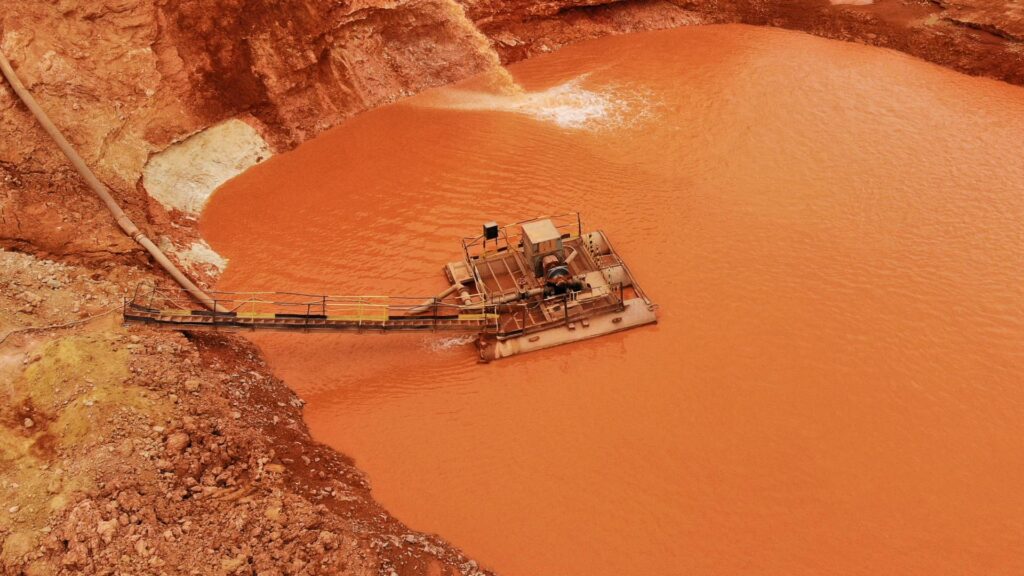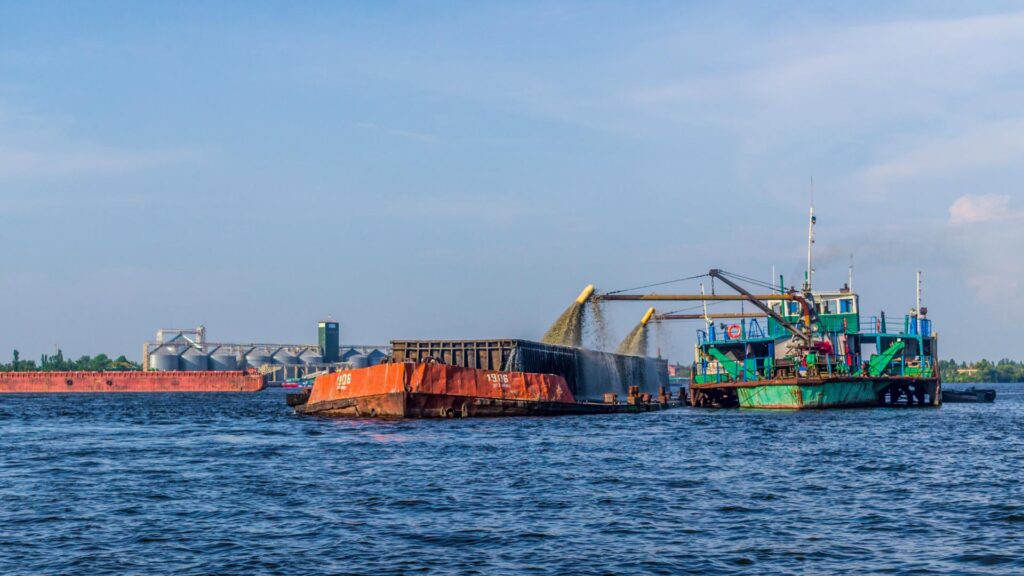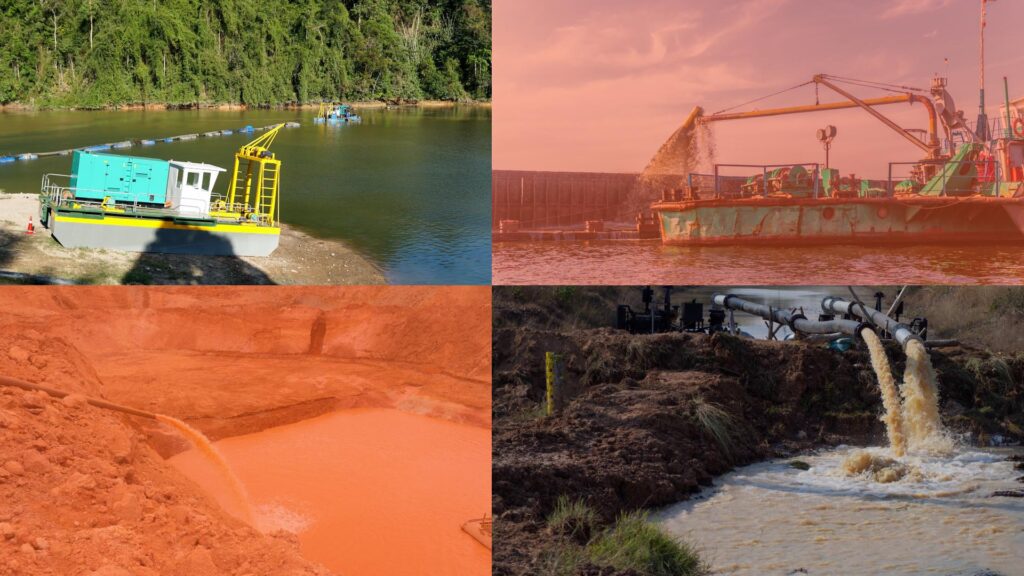1. Understanding Sand Pumping Basics
Sand pumping is crucial in various industries, including dredging, mining, and construction. It involves moving sand from one location to another, often using specialized sand pumping equipment to clear waterways, extract minerals, or prepare construction sites. However, sand pumping can present numerous challenges despite its significance, particularly when executed incorrectly. Understanding and adhering to best practices is essential for ensuring efficient, safe, and cost-effective operations.

1.1 What is Sand Pumping?
Transporting sand from one location to another using specialized equipment is widely used in industries such as dredging, where sand is removed from the bottom of water bodies to maintain navigable channels, and mining, where sand and other materials are extracted for further processing. Additionally, this method is essential in construction projects that require the relocation of large quantities of sand for land reclamation, beach nourishment, or site preparation.
1.2 Types of Sand Pumps
There are several types of sand pumps available, each designed for specific applications:
- Centrifugal Pumps: These pumps use rotational energy to move sand-laden water. They are commonly used for dredging and dewatering applications.
- Submersible Pumps: Designed to operate underwater, these pumps are ideal for handling high-sediment loads in deep-water environments.
- Slurry Pumps: These pumps are specifically engineered to handle abrasive materials like sand, gravel, and mud, making them suitable for heavy-duty sand and gravel pumping operations.
1.3 Key Considerations in Sand Pump Selection
Choosing the right sand pump is critical for the success of your project. Consider the following factors when selecting sand pump equipment:
- Material Type: The composition of the sand (e.g., grain size, abrasiveness) will influence the type of pump and the materials it is made from.
- Flow Rate: Ensure the pump can handle the required volume of sand-laden water without overloading.
- Head Requirements: The vertical distance the pump needs to move the sand will determine the necessary head pressure.
2. Frequent Challenges in Sand Transport Operations

2.1 Inadequate Pump Selection
One of the most common mistakes in sand pumping is choosing the wrong type of pump. An undersized or unsuitable pump can lead to frequent breakdowns, reduced efficiency, and increased operational costs. To avoid this pitfall, it’s crucial to match the pump’s characteristics with the specific needs of your application. For example, if you’re working with highly abrasive sand, a slurry pump with wear-resistant materials would be more appropriate than a standard centrifugal pump.
2.2 Incorrect Pump Installation
Improper installation is a common issue that can compromise the efficiency of your sand transport system. Pumps must be installed according to the manufacturer’s specifications, ensuring they are correctly aligned, securely fastened, and properly connected. Typical installation mistakes include misalignment between the pump and motor, insufficient foundation support, and incorrect piping configuration. These errors can lead to vibrations, leaks, and premature wear, ultimately reducing the pump’s lifespan.
2.3 Ignoring Pump Wear and Tear
Sand is highly abrasive, and continuous sand pump can cause significant wear and tear on the pump components, especially the impellers and casings. Ignoring regular maintenance can result in unexpected breakdowns and costly repairs. To prevent this, establish a routine maintenance schedule that includes inspecting and replacing worn parts, lubricating moving components, and monitoring the pump’s performance.
2.4 Improper Handling of Pumped Sand
Managing the sand after it has been pumped is equally important. Sediment deposition and clogging can occur if the sand is improperly handled during transportation. This can lead to blockages in pipelines, reduced flow rates, and increased pressure on the pump. To avoid these issues, ensure that the sand is evenly distributed, and consider using techniques such as sediment traps or pipeline flushing to prevent build-up.
3. Effective Strategies for Optimal Sand Transport Operations

3.1 Regular Maintenance and Inspection
Regular maintenance is key to keeping your sand pump equipment in optimal condition. Create a checklist for routine maintenance activities, including:
- Inspecting and cleaning the pump’s interior.
- Checking for signs of wear or damage on key components.
- Lubricating bearings and other moving parts.
- Verifying alignment and securing fastenings.
3.2 Optimizing Pump Operation
Operating the pump at the correct speed and flow rate is essential for efficiency. Avoid running the pump at maximum capacity for extended periods, as this can lead to overheating and premature failure. Additionally, be mindful of cavitation—a condition where vapor bubbles form in the pump, damaging the impeller. Cavitation can be prevented by ensuring the pump operates within its specified parameters and by maintaining an adequate suction head.
3.3 Use of Proper Filtration Systems
Filtration systems are vital for protecting the pump from damage caused by debris and foreign objects in the sand-laden water. Depending on the application, you may need to install strainers, screens, or sediment filters to capture larger particles before they reach the pump. This will reduce wear on the pump components and extend the equipment’s lifespan.
3.4 Training and Safety Protocols
Ensuring operators are well-trained in properly using and maintaining sand pumping equipment is crucial for avoiding accidents and equipment damage. Implement comprehensive safety protocols, including:
- Emergency shutdown procedures.
- Personal protective equipment (PPE) requirements.
- Regular training sessions on equipment operation and safety.
4. Advanced Techniques and Technologies

4.1 Innovations in Sand Pump Design
Advances in sand pumping equipment technology have led to the development of more efficient and durable sand pumps. Innovations such as wear-resistant materials, improved impeller designs, and energy-efficient motors have enhanced the performance and reliability of modern sand pumps.
4.2 Automation and Monitoring Systems
The integration of automation and real-time monitoring systems has revolutionized sand pumping operations. These technologies allow operators to monitor pump performance remotely, detect potential issues before they become critical, and adjust to optimize efficiency. Automated systems can also provide valuable predictive maintenance data, helping prevent unplanned downtime.
Conclusion
Adhering to best practices in sand pumping is essential for ensuring efficient, safe, and cost-effective operations. By understanding the basics, avoiding common pitfalls, and implementing advanced techniques, you can optimize your processes and prevent costly mistakes. Continuous evaluation and improvement of your practices will lead to better results and longer equipment lifespan.
For those looking to implement best practices, considering sand pump rental options may offer flexibility in testing different types of equipment without a long-term commitment. Whether dealing with sand and gravel pumping or any other related task, having the right tools and knowledge is crucial for success.
